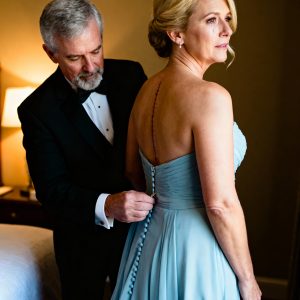We’ve all seen it – a woman elegantly perched with one leg crossed over the other. It’s a posture so common, it often fades into the background. But what if this simple act is whispering secrets? Far from being just about comfort or modesty, crossing legs is a nuanced piece of body language, a silent dialogue spoken in the subtle shifts of posture. Let’s decode what it might genuinely signal.
First things first: let’s ditch the oversimplifications. Sure, sometimes a crossed leg is purely practical. After a long day, curling up in a favorite chair with legs tucked is simply about feeling snug and supported. It’s a posture of claiming a moment of personal comfort, a physical sigh of relief. Assuming deeper motives every single time misses this basic human need for ease.
Step into the professional world, and the meaning shifts. Crossing legs, particularly at the ankles or neatly at the knee, often becomes a tool. In meetings or interviews, it can signal a desire for control and present a composed, put-together image. It’s a way of managing space gracefully, projecting confidence and professionalism without saying a word. Think of it as non-verbal power dressing for your posture.
Here’s where it gets intriguing. That crossed leg can also act like a gentle, invisible shield. When feeling uncertain, overwhelmed, or simply needing a moment of privacy in a public space, crossing the legs creates a subtle physical barrier. It’s not necessarily hostile; it’s often a self-soothing gesture, a way to feel more contained and protected amidst the buzz of the outside world. It whispers, “I need a little bubble right now.”
Pay attention to the direction of the cross. When a woman crosses her legs towards someone during a conversation, it’s frequently a sign of engagement and interest. Her body is subtly pointing towards that person, signaling openness and connection. Conversely, crossing legs away might indicate disengagement, discomfort, or a desire to subtly disengage from a particular individual in a group. It’s a compass pointing towards her focus.
Ah, the flirtation factor! While often overplayed, crossed legs can be part of the dance. The key is context and combination. If the crossed leg is paired with an open torso, direct eye contact, a slight foot point or bounce, or perhaps a playful shoe dangling, it might signal interest. Crucially, the upper body remains open and inviting – the crossed leg adds a touch of demureness or playful energy, not closure. It’s one piece of a much larger puzzle.
Sometimes, the most profound answer is the simplest: habit and comfort reign supreme. Many women adopt this posture purely because it feels natural and familiar, developed over years. When deeply absorbed in thought, a conversation, or a task, the crossed leg isn’t sending a coded message; it’s just the body’s default comfortable setting kicking in. No hidden agenda, just ingrained ease.
The golden rule of body language? Context is everything. A tightly locked cross with arms folded screams something very different from a relaxed cross with open arms and a smile. Consider the environment, the relationship between people, facial expressions, and other gestures. A crossed leg in a chilly room might just be about warmth! Relying solely on this one gesture is like trying to understand a novel by reading a single sentence.
So, why do women cross their legs? The answer is as layered and individual as women themselves. It can be a quest for comfort, a shield for security, a tool for professionalism, a silent signal of interest, or simply a long-standing habit. The true meaning unfolds not in the isolated posture, but in the rich tapestry of the entire situation – the setting, the company, the expression, and the symphony of other nonverbal cues. Listen with your eyes to the whole story.





